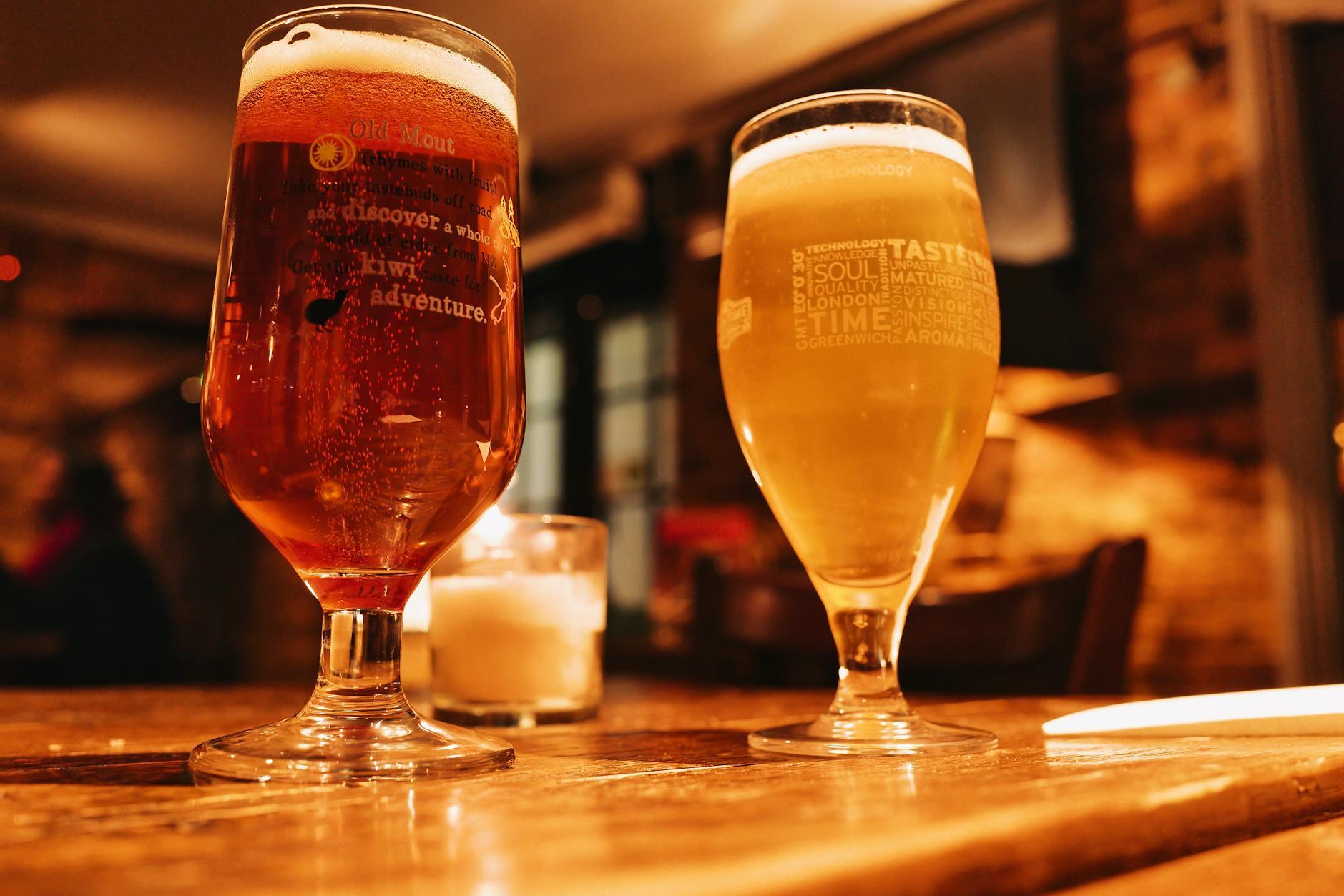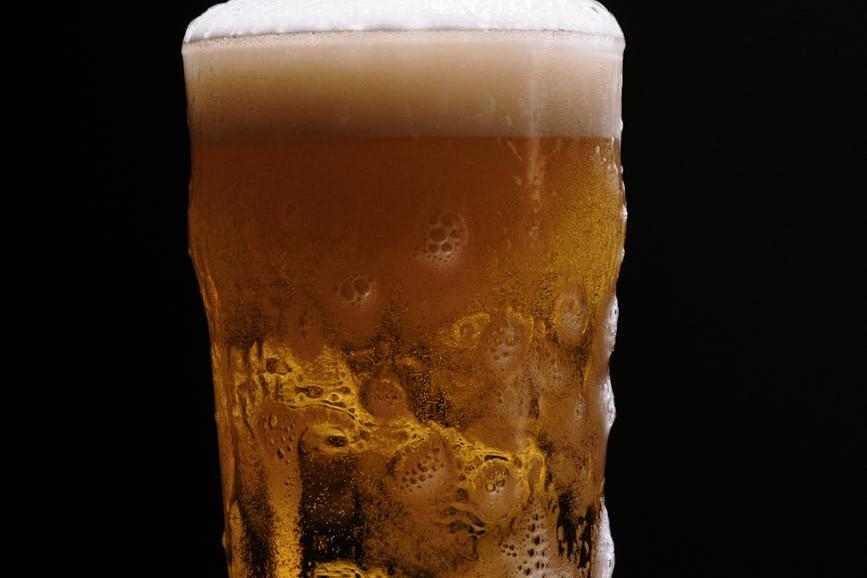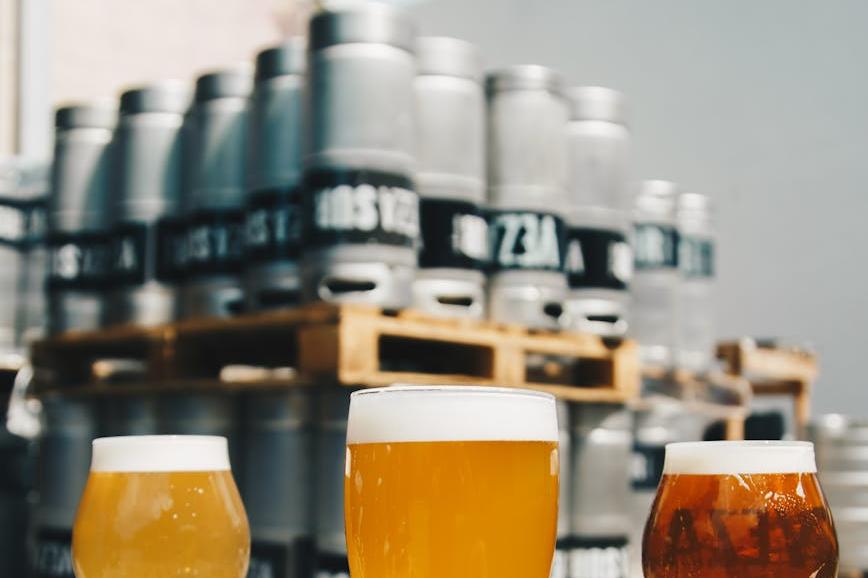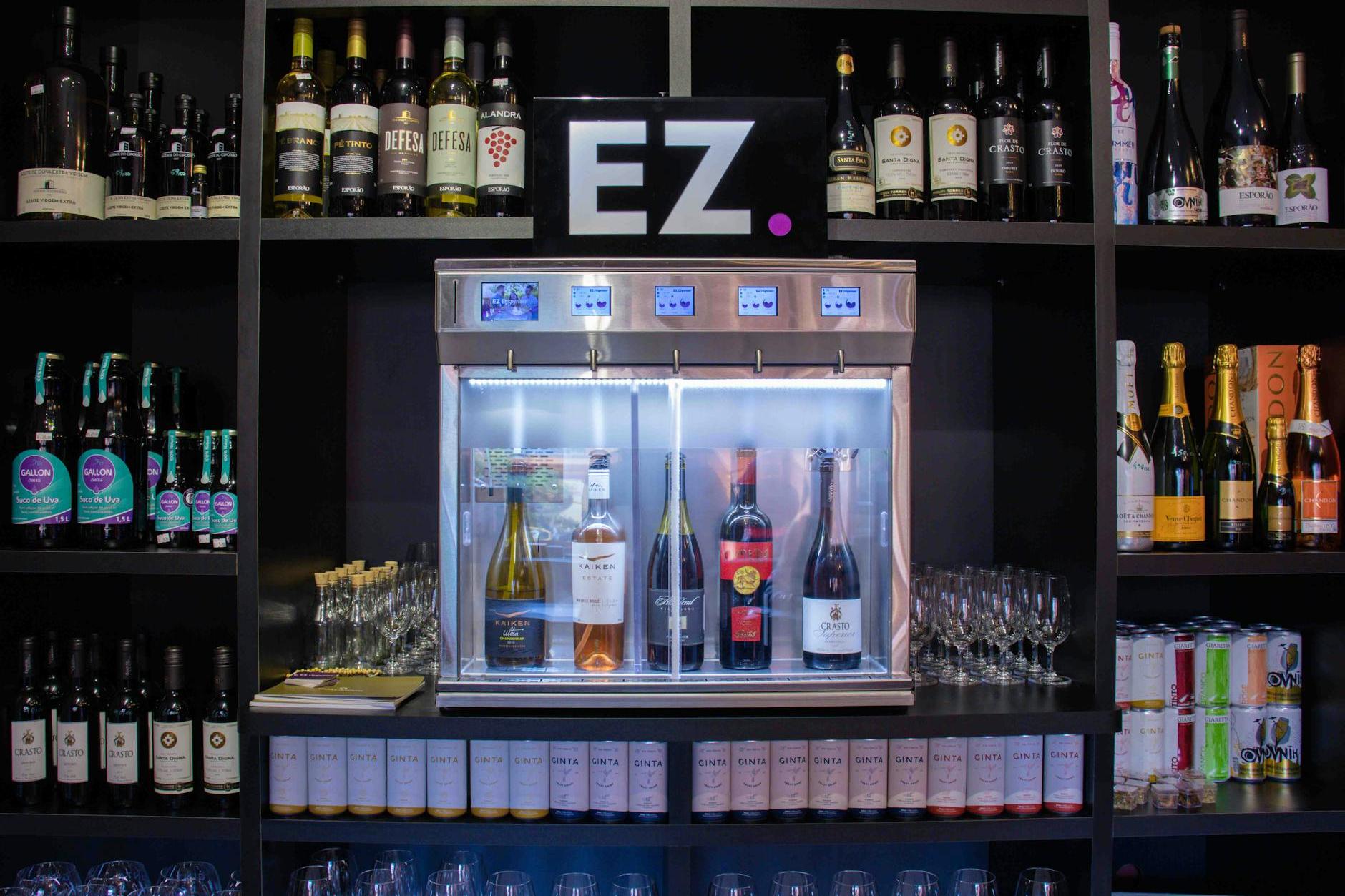- Shanghai Zhongshen International Trade Co., Ltd. - Two decades of trade agency expertise.
- Service Hotline: 139 1787 2118
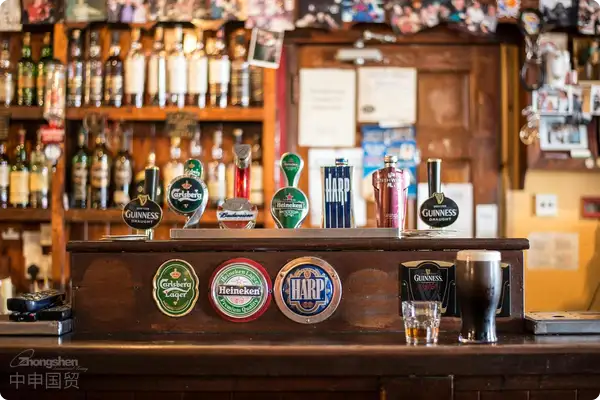
Contents
ToggleWhen Craft Beer Meets Chinese Customs
My German business partner once joked, "Shipping beer to China is like transporting liquid gold." But the reality is, last year, an entire batch of Belgian abbey beer was held up in the bonded zone for 45 days because a single period was missing from the Chinese label. This serves as a warning to us:Imported beer is both a taste business and a compliance business.
The Three Firewalls of Certification Documents
- It is recommended to verify through the following methods:The "Two-Factor Authentication" of Books: EU countries need to provide both EUR.1 and health certificates
- The Alcohol Content Conversion Trap: US proof units must be converted to the internationally accepted %vol (conversion formula: proof ÷ 2 = alcohol content)
- The Hidden Clauses of Expiration Date Labeling: Both the production date and the expiration date must be labeled simultaneously. Solely marking the "best before date" will result in customs clearance failure.
The Economics of Transportation Methods
| Transportation method | 20ft container cost | Average lead time | Applicable scenarios |
|---|---|---|---|
| Large - quantity importsMaritime Transportation | ¥18,000-25,000 | 35-50 days | Conventional circulation products |
| Air TransportationGroupage | ¥45-60/kg | 3-7 days | Limited-edition craft products |
| China-Europe Railway Express | ¥28,000-35,000 | 18 - 25 days | + Bonded warehouse |
The "Craft Beer Rule" of Channel Distribution
- Foodservice Channel: Pay attention to the matching supply system of bottle openers and wine glasses
- E-commerce Platform: Prepare compliance certificates for influencer marketing 6 months in advance
- Convenience Store System: The barcode must include an enterprise code starting with "69".
Four Early Warning Signs for Risk Control
- Refrigerated Container Power Failure Record Inquiry (traceable via IMO number)
- Consistency Verification Between Hop Content and Customs Documents
- Validity Period of Malt Concentration Test Report (typically 3 months before shipment)
- Pressure Test Certificate for Can Packaging (must simulate ocean shipping vibration environment)
The Golden Triangle of Product Selection Logic
I often joke: "Choosing beer is like picking stocks." A successful product portfolio requires balance:30% Traffic Drivers(Industrial Lager),50% Profit Generators(Specialty Ales),20% Image Builders(Barrel-aged Varieties). Remember, categories with alcohol content exceeding 10% vol require additional special food licensing applications.
Three Critical Questions for Agent Selection
- Can they provide complete traceability system integration?
- Do they have mature channels for handling near-expiry products?
- Are they equipped with certified sommelier teams?
In the frothy track of imported beer business, Ive seen too many people stumble at compliance thresholds. Remember:Good-tasting beers are all alike, but reliable supply chains are one in a million.When you hold the German Beer Purity Law certification, don't forget that Chinese customs have their own "456" regulatory rules—constant 4°C temperature, complete 5 certificates, and 6-sided inspection. There are no shortcuts in this industry, but mastering the know-how can turn bitter brewing into sweet nectar.
Related Recommendations
Category case
Get in Touch
Email: service@sh-zhongshen.com
Related Recommendations
Contact via WeChat

? 2025. All Rights Reserved. Shanghai ICP No. 2023007705-2  PSB Record: Shanghai No.31011502009912
PSB Record: Shanghai No.31011502009912
